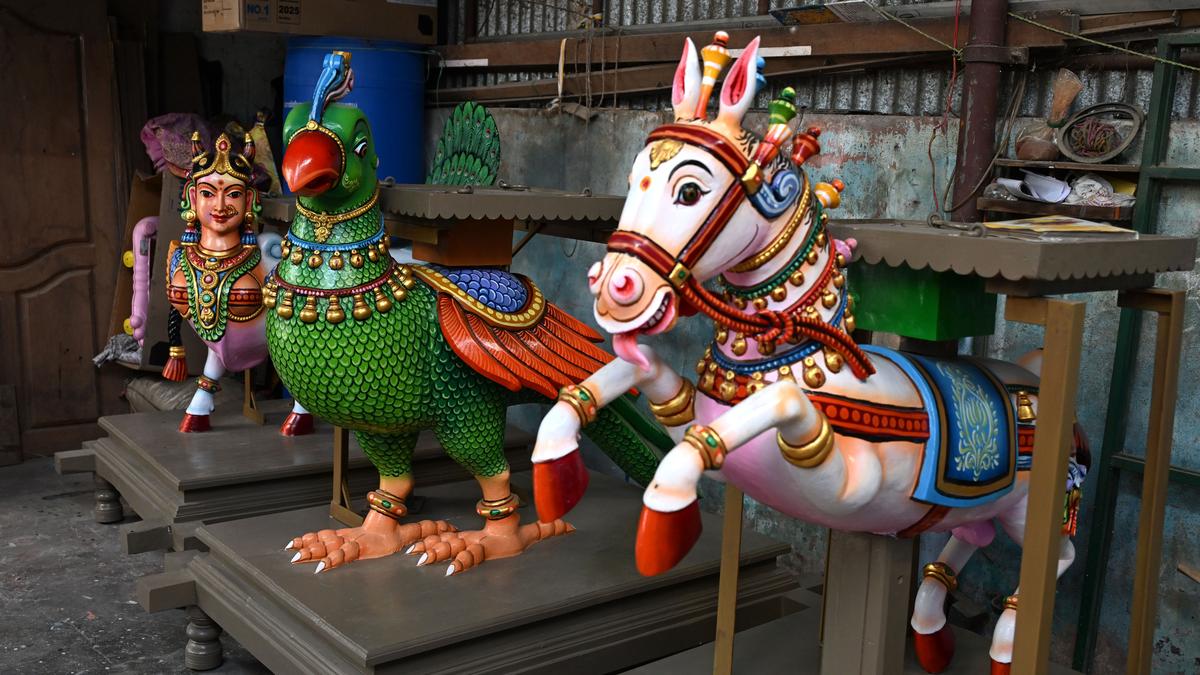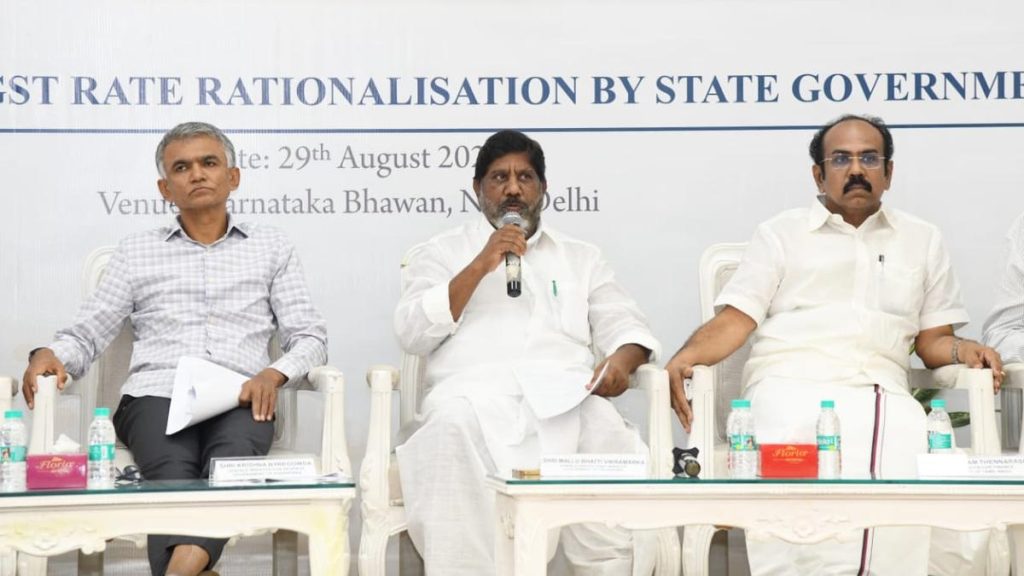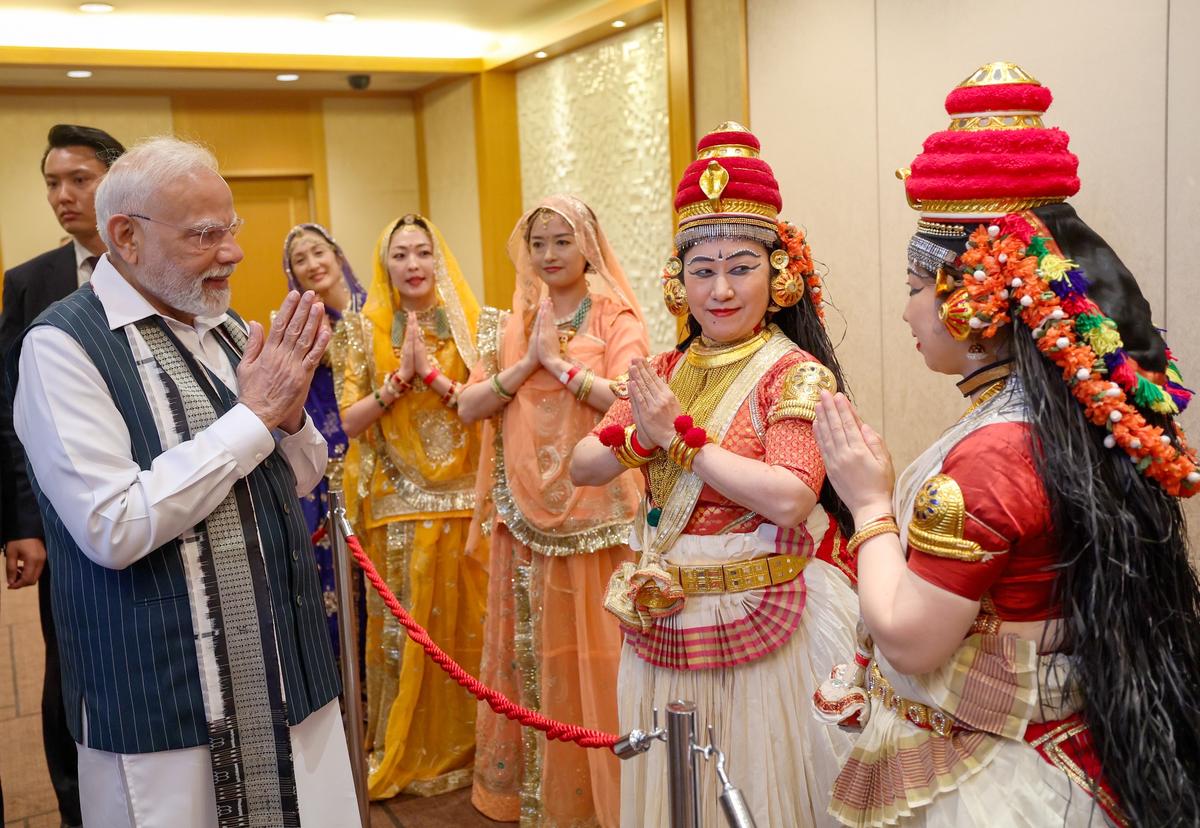Now Reading: Thiruvathigai: Tamil Nadu’s Hub for Temple Vahanas and Chariots
-
01
Thiruvathigai: Tamil Nadu’s Hub for Temple Vahanas and Chariots
Thiruvathigai: Tamil Nadu’s Hub for Temple Vahanas and Chariots

Rapid Summary
- ThiruvathigaiS Importance: Located in Cuddalore district, Thiruvathigai is an crucial Saivite site and one of the eight Veeratta Sthalams. Saint Thirunavukkarasar embraced Saivism here, composing his first hymn after his recovery from illness.
- Artisan Heritage: Skilled artisans in thiruvathigai are renowned for crafting temple cars (rathams) and processional mounts (vahanas) with intricate designs using sacred woods like iluppai and fig trees.
- Generational Craftsmanship: families such as those of Subramania Achari have been preserving this craft for nine generations. Current artisans fulfill orders from temples across Tamil Nadu and beyond, including international projects like a fig wood idol worshipped in Texas.
- Sacred Materials & Techniques: Iluppai wood is favored for durability and spiritual significance; fig wood is lightweight and ideal for detailed carvings. Teak wood is also used but considered expensive. Traditional practices dictate adherence to strict Agama rules during construction.
- Ancient Evolution: Temple cars originated pre-Pallava, gained prominence under Chola rule, and achieved perfection during the Nayak period before spreading across Tamilaham.
Indian Opinion Analysis
thiruvathigai exemplifies India’s enduring tradition of temple craftsmanship that interweaves spirituality with artistry. The generational commitment seen among these artisans highlights how local crafts can sustain cultural roots over centuries while adapting to contemporary needs-evident in their global projects today.Leveraging indigenous materials like iluppai aligns both ecological considerations with traditional reverence toward sacred substances.Moreover, adherence to Agamic scriptures reflects the depth of cultural continuity despite external influences or modernization pressures-ensuring that heritage crafts remain authentically integrated into temple architecture rather than reduced to mere decorative elements. This preservation not only strengthens religious symbolism but also supports economic livelihoods within artisan communities.
For India,fostering interest in such crafts by supporting training workshops or expanding international outreach could promote enduring heritage industries without compromising traditional integrity.
Read more at [link text based on input].
























